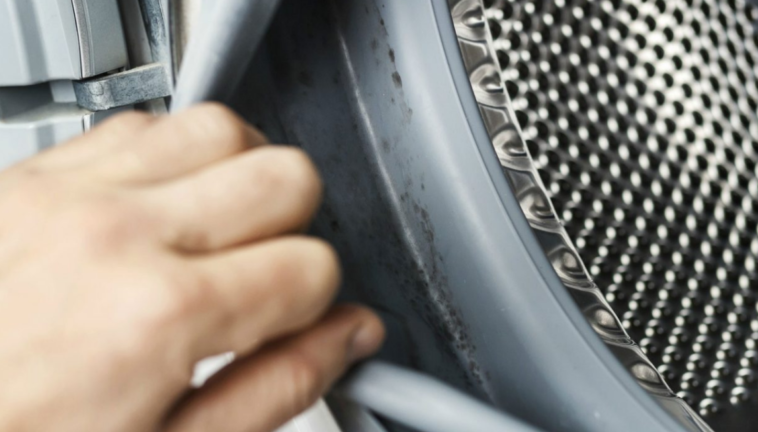Ideally, you should leave the washing machine open after washing to give it plenty of time to dry. If you forget, you may end up with black mold-related spots. In fact, these micro-organisms love the heat and humidity of your household appliance. So, leave your window machine (and its drawer for pouring products) or your top-opening washing machine open for as long as necessary. If necessary, wipe with a microfiber cloth to dry any water collected in the joints. And if it’s too late and mold has already taken hold in the washing machine, here’s how to remove it effectively.
These grandmother’s tips are all possible natural solutions to eradicate black spots without commercial toxic chemicals. Also remember to clean your washing machine from time to time to eliminate bad odors. And after any cleaning, don’t forget to dry the device well to limit the proliferation of bacteria linked to humidity.
1) White vinegar OR baking soda
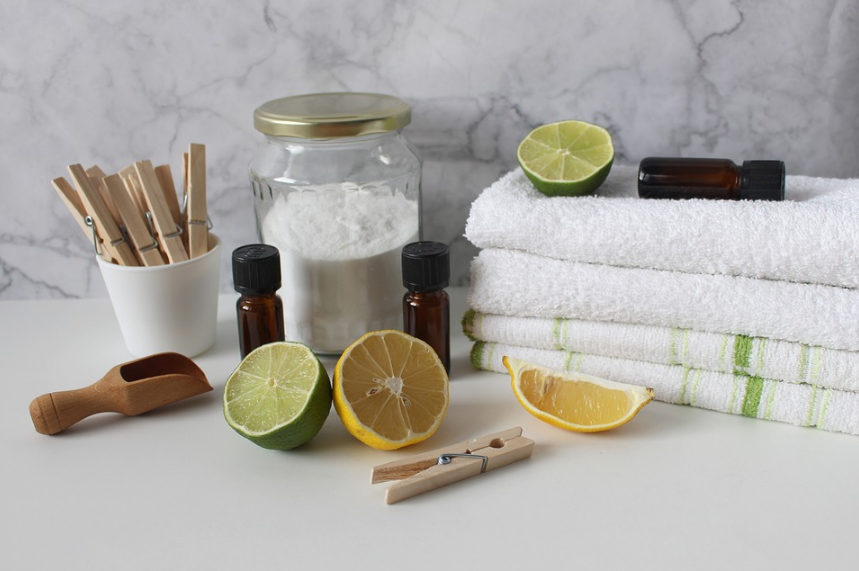
Above all, we don’t mix them since they cancel each other out! So start with choose one or the other. If you opt for white vinegar, dilute it with hot water. Next, rub the machine’s seals with this liquid. If necessary, you can even soak a clean cloth with it and leave it on the rubber seals for a few hours before rubbing to help remove mold. And if you choose baking soda, make a paste with a little water and scrub with a toothbrush. This will clean and disinfect effectively mold in the washing machine!
2) We take inspiration from brushing our teeth!
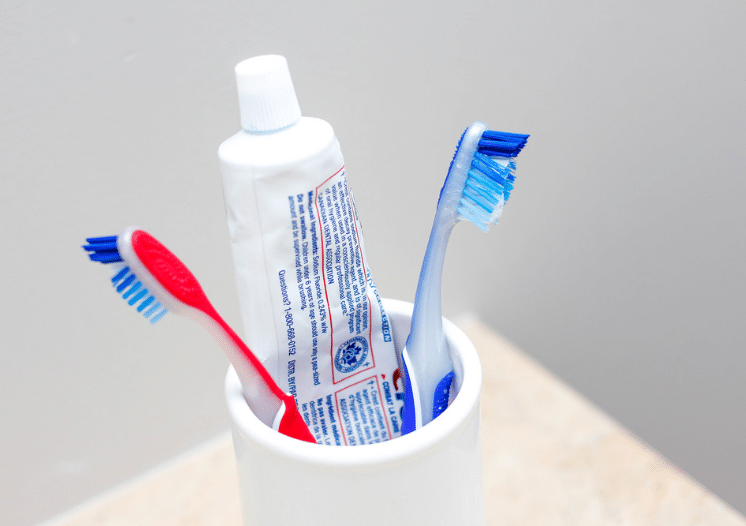
There are so many things you can clean with a toothbrush and toothpaste… And the rubber seal on the machine is no exception! Besides, we don’t do more easy and practical to give it a fresh look. Indeed, toothpaste is an effective cleaning agent which will also eliminate unpleasant odors linked to blackening and humidity. To do this, simply scrub the mold and rinse using a damp sponge.
3) Use clay stone
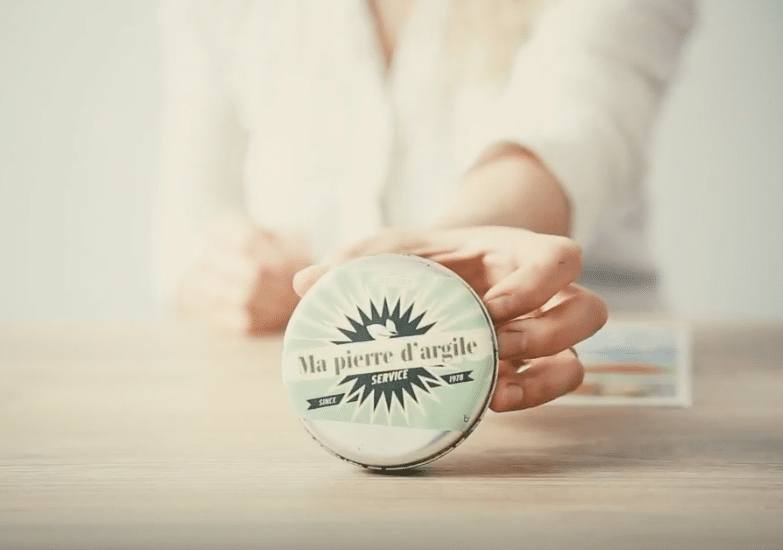
Multi-use, the white clay-based stone will quickly make you forget about commercial chemical household products. In fact, she is excellent on mold and will give a fresh look to the dirty seals of the washing machine. Simply wipe with a damp sponge soaked in this clay product and polish with the rinsed sponge and a clean cloth.
4) Bleach, not recommended except as a very last resort

Otherwise, it is also possible to use bleach. However, it is a solution of last resort and everything else didn’t work. Unfortunately, this product is indeed very dangerous and can make the white joints yellow. So, dilute it in cold water and follow the advice for safe use. For greater effectiveness, you can soak a cloth with water and bleach then leave it on the joint for a while before rubbing. If necessary, finish the job by rubbing with your soaked cloth or a toothbrush that you have impregnated with the mixture.
5) And against mold installed in the drum of the washing machine?
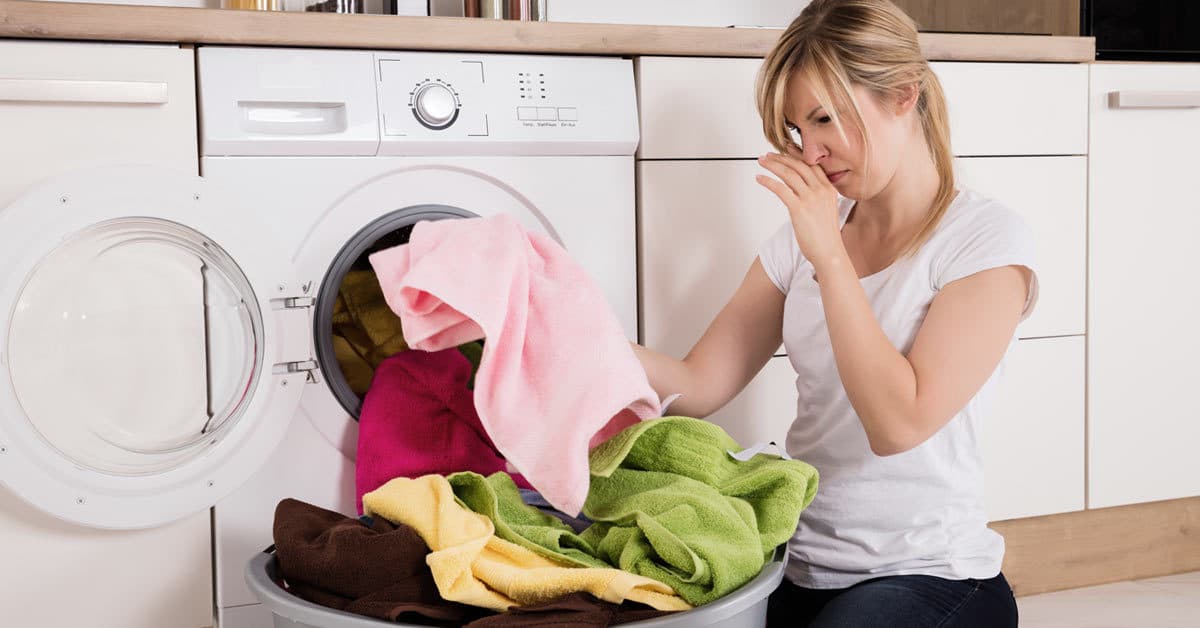
Mold on the joint is just the tip of the iceberg. However, if there are unpleasant and persistent odors in the device, we can suspect other fungi in more difficult to reach areas! Therefore, it will be necessary clean the appliance thoroughly. To do this, you can:
- Sprinkle 8 tablespoons ofcitric acid in the drum and run a hot cycle (95°C)
- Pour 5 liters of alcohol vinegar into the drum and start an empty wash at 40 or 60°C. In addition, it is an excellent deodorizer that will remove bad odor and descale.
- Mix 3 liters of water with 60 ml of lemon juice and 250 ml ofhydrogen peroxide and pour this disinfectant into the laundry compartment before starting a wash cycle.


